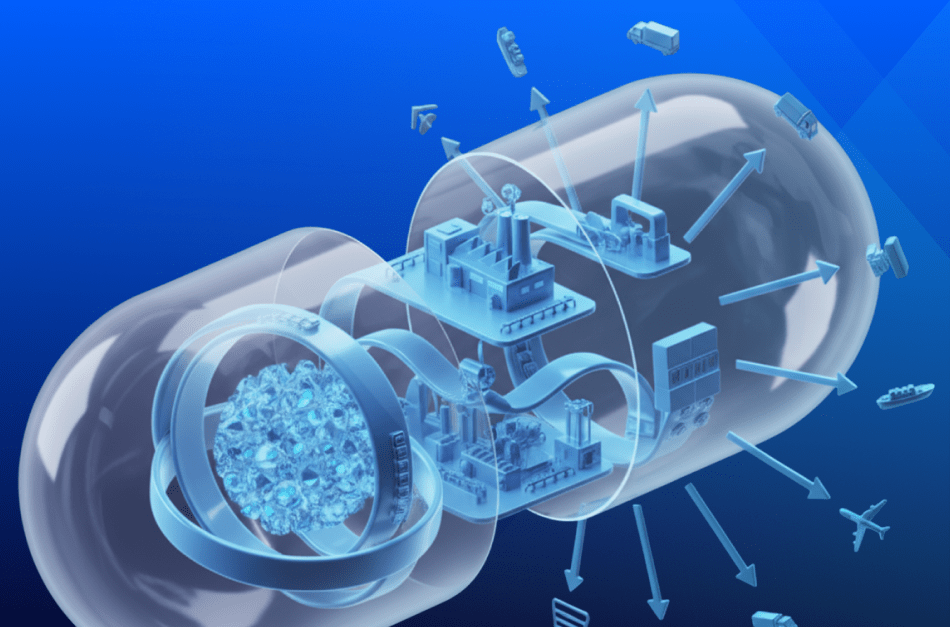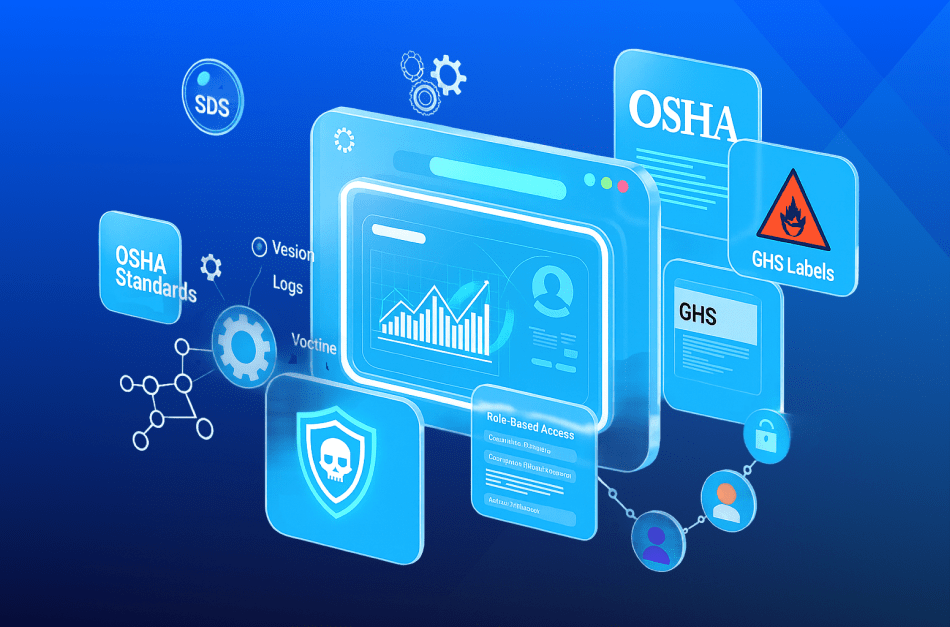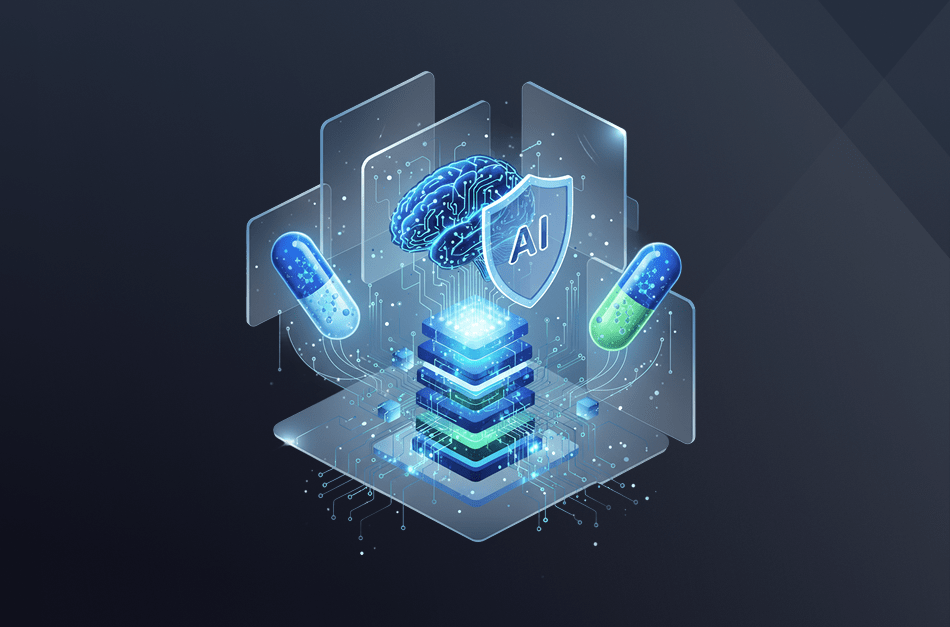Introduction
Lasting effects of the ongoing Covid-19 pandemic continue to disrupt numerous manufacturing operations as the year draws to a close. Companies not only surviving, but thriving were those already undergoing a digital transformation to their manufacturing operations.
“Digital transformation is the transformation of business, industrial products, operations, value chains and services that are enabled through the augmentation of people, knowledge and workplaces through the expanded use of digital technologies. It’s about the people in the workplaces, the processes, the technologies and services,” Janice Abel wrote in an ARC Advisory Group blog post.
Today, digital transformation is all about rethinking the way your company functions. Is it a series of departments that act like independent nations, each competing for scarce resources and seldom sharing information? Or is your company a unified operation where department names are merely labels and the data created by one is open and accessible to all?
At the end of the day, digital transformation in manufacturing is all about enhancing customer service. Taking good care of your customers leads to more sales, better growth opportunities and higher profits. Achieving that goal requires breaking down barriers and ensuring free-flowing information between all employeesF.
Sharing this data in a timely fashion requires a manufacturing execution system (MES) and a manufacturing operations management (MOM) process. MES is computer software, while MOM may be software or an overarching process. An MES helps track raw material consumption during production. A material resource planning (MRP) package helps you prepare your production inventory.
According to an ARC survey, most manufacturers deploy MES solutions to connect the information in different silos and plants. While there is some visibility, data silos remain even though artificial intelligence (AI), machine intelligence (MI) and other digital methods are being used to varying degrees.
Driving Digital Transformation
Ongoing supply chain disruptions are having a huge impact on manufacturing companies. When questioned about the resilience of their manufacturing and supply chains, the overwhelming response was “not very,” according to a recent blog by Forbes.
Forbes posted some response numbers from the Fictiv 2021 State of Manufacturing Report about existing supply chains:
- 94% of respondents had some concerns
- 55% worry that increasing digital operations increases security risks
- 47% state that supply chain management overhead costs are too high
- 42% believe that working with global markets creates intellectual property risks
- 31% think that lack of visibility into operations creates risks and uncertainty
The Fictiv report quoted by Forbes concluded: “The way we manage supply chains and manufacture goods has been forever altered.”
Cost overruns were a key concern for 81 percent of recipients while 55 percent were worried about information technology security with their current supply chain.
“Whatever the issue, it’s clear the old way of operating is no longer optimal,” Forbes states. Using digital methods to manage manufacturing has essentially replaced the older methods, at least according to this survey.
- 95% of respondents believe digitally transforming their manufacturing operations is essential to their company’s future
- 91% of respondents reported an increase in digital transformation spending
- 77% defined their digital spending boost as “dramatic” or “significant.”
A Different Perspective
Digital technology enhances productivity, reduces costs and boosts innovation. Manufacturing companies that pay careful attention to their data are able to use it more efficiently to help find and develop new revenue streams.
Figure: 1 How the Internet of Things (IoT) is integrated with Operating Technology (OT)

At its core, the currency of automation, optimization and profound transformation can help turn new business models into an “as a service” economy, I-scoop suggests.
Many companies transform their manufacturing operations by using the internet of things (IoT) coupled with operational technology (OT) and automation on the production floor. IoT sensors in many devices let computer programs track data as each potential product makes its way through the production process.
Mechanical engineers are able to maintain equipment to more refined levels of precision. Software engineers are using the data provided to reduce waste and find new ways of boosting efficiency. Enterprise resource planning (ERP) software uses the data to ensure machines are scheduled efficiently. The ERP software helps ensure a near continuous flow of material, even when humans aren’t present.
Learn more about the impact of digital transformation on manufacturing operations.
Roadmap to Your Digital Transformation
The first step for companies yet to embark on their digital transformation is creating a roadmap. Without understanding what direction you want your business to go and how to get there, any results are likely to be far less than desired.
At a bare minimum, formulating a plan ahead of time helps:
- Set priorities
- Manage change
- Identify and allocate resources
A well thought-out roadmap can help plan your entire journey, or identify problems and new opportunities as you work towards your goal.
Major steps in creating a digital manufacturing roadmap include:
1.Clearly define and help your company’s current position and its digital strategy. Stating concrete, achievable goals and then communicating them with partners, employees and clients helps everyone understand what they need to do so that everyone benefits.
2.Defining your financial baseline. Making demands of whatever system you choose to go with, only to balk at the resulting price, is no benefit to anyone. Having a plan to only move to the next digital manufacturing transformation phase when you reach specific financial goals makes financial sense and motivates to reach those incremental goals.
3.Ensuring internal Agile processes are ready to go. Breaking your production process into smaller chunks lets you create products and services faster by having processes run concurrently instead of sequentially.
4.Assessing your technology and talent. Understanding what equipment you need, and what skills are required to operate it, lets you start training existing staff or adding new employees ahead of time. Having people who know what they are doing as you implement each phase ensures your digital transformation proceeds smoothly.
5.Choosing the right digital transformation partner. Having a partner experienced in your industry means they’re likely familiar with any problems you may face. Having seen them before, they already know what solutions work and what is a waste of your money. The right partner can also help you set short- and medium-term goals, ensuring your transformation is progressing according to plan.
Final Thoughts
Embarking on a new digital transformation pays numerous benefits in the long run. One of the biggest benefits is the ability to rapidly respond to customer requests for new or unique products, resulting in more efficient MAAS (manufacturing as a service).
The most important thing to remember when looking to complete your transformation is the need for a detailed roadmap and ensuring you have a digital transformation partner who understands your industry and can help you overcome any hurdles along the way.







